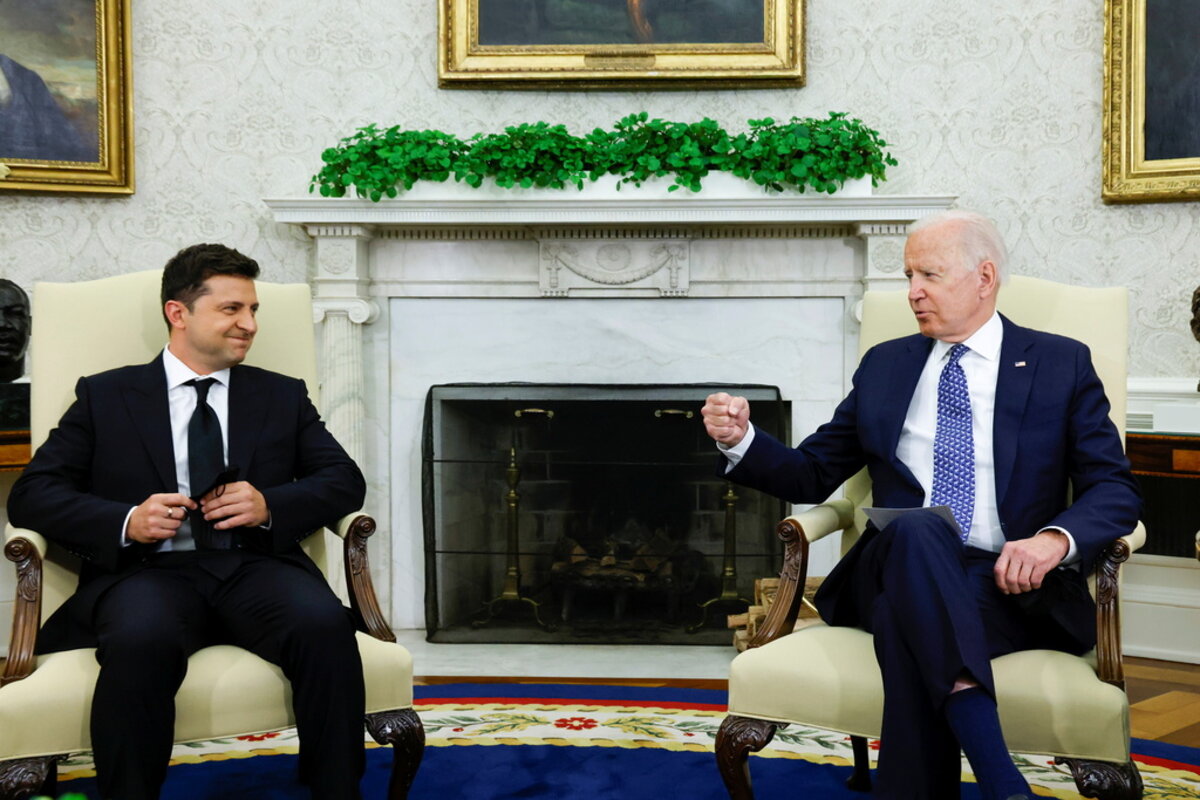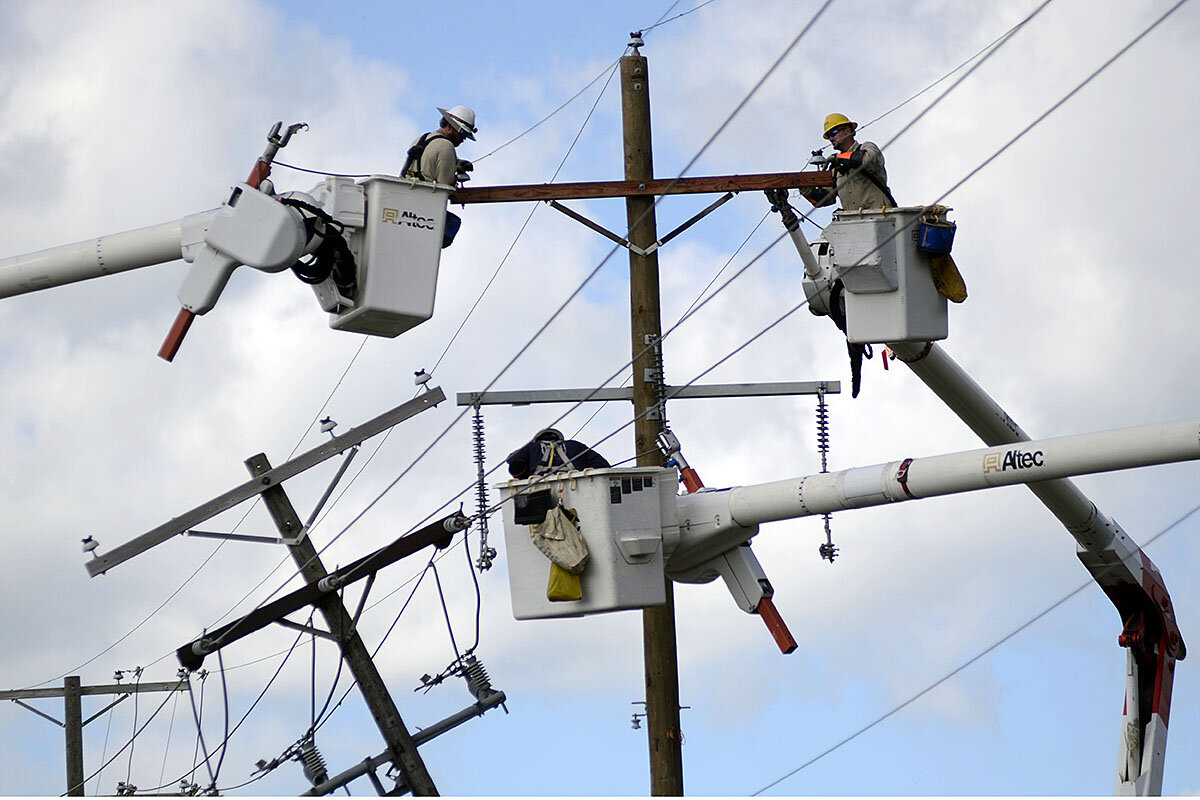Taliban values don’t appear to have changed since they last ruled Afghanistan. But our reporter explores whether the expression of those values has shifted. Will the past repressive approach be tempered by a desire to govern effectively and inclusively?
Monitor Daily Podcast
- Follow us:
- Apple Podcasts
- Spotify
- RSS Feed
- Download
 David Clark Scott
David Clark Scott
Lithuanian Aleksandr Sorokin could be considered the epitome of resilience. Or grit. Or perhaps, “sisu.”
This past weekend, Mr. Sorokin shattered a world record that’s stood since 1997 by running 309.4 kilometers (the equivalent of seven consecutive marathons) in 24 hours. He’s a rock star in ultrarunning circles. This is his fourth world record this year.
In an April interview, Mr. Sorokin said the middle of a race is often the most mentally challenging, “because the end is so far away still.” He says it takes patience. Elite ultramarathoners, say researchers, have a greater mental toughness than most athletes, which is described as “self-efficacy,” that is confidence, commitment, or control over one’s thoughts.
Finnish researcher Emilia Lahti says her people have a unique term for fortitude in the face of adversity: “sisu.” She says “sisu” is not willpower or perseverance, and it isn’t the same as resilience. “The core of resilience is this idea to bounce back,” she notes. But “sisu,” she says in a 2014 TEDx talk, describes what fuels resilience, a mindset that challenges adversity.
Ms. Lahti, a survivor of domestic violence, notes that “sisu” is not unique to Finland but a universal mindset. And our “sisu” can be enhanced by others. “I believe that when ‘sisu,’ this inner, amazing, beautiful power that we have, when that is met with social support, compassion, and love, there are very few things that are impossible to us,” she says.
I suspect that Mr. Sorokin would agree.











